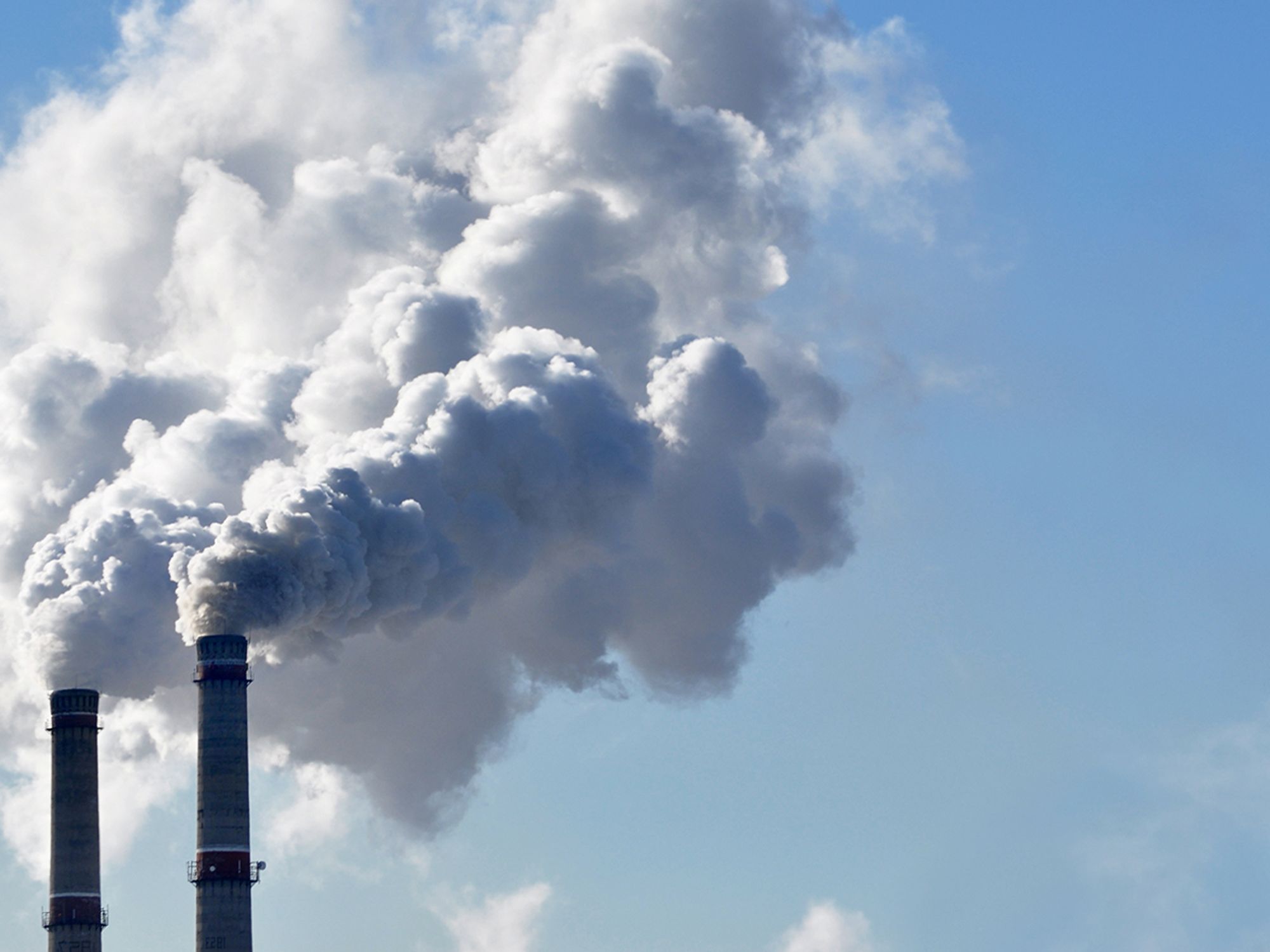What emissions are covered by the CAA?

- Criteria pollutants, greenhouse gases, hazardous air pollutants, and ozone-depleting substances are covered under the CAA.
- The six criteria pollutants are carbon monoxide, lead, nitrogen dioxide, ozone, particulate matter, and sulfur dioxide.
Cited under 40 CFR Parts 50-99, the Clean Air Act (CAA) authorizes the Environmental Protection Agency (EPA) to establish air quality standards to protect public health and public welfare and to regulate emissions of air pollutants from stationary and mobile sources.
Emissions covered under the CAA include:
- Six common air pollutants known as “criteria pollutants,”
- Greenhouse gasses (GHGs),
- Hazardous air pollutants (HAPs), and
- Ozone-depleting substances (ODS).
Criteria pollutants
One of the primary goals of the national ambient air quality standards (NAAQS) is to encourage or otherwise promote reasonable federal, state, and local governmental actions for pollution prevention, and the Environmental Protection Agency (EPA) has set air quality standards for six common “criteria pollutants.”
- Carbon monoxide (CO) is a colorless, odorless, and (at high levels) poisonous gas that is formed when carbon in fuels is partially burned. It is found in motor vehicle exhaust, carbon black manufacturing, other types of fuel combustion, and natural sources such as wildfires. Exposure to high CO levels can cause impairment in visual perception, manual dexterity, learning ability, and performance of complex tasks.
- Lead (Pb) is a metal found in natural sources and in manufactured products. Major sources of lead emissions are ore and metals processing, waste incinerators, utilities, and lead-acid battery manufacturing.
- Nitrogen dioxide (NO2) is a brownish, highly reactive gas that can irritate the lungs and lead to bronchitis, pneumonia, and other respiratory infections. NO2 forms in the atmosphere through the oxidation of the primary air pollutant nitric oxide (NOx), which forms when fuel is burned at high temperatures. Two major emissions sources are the transportation sector and stationary fuel combustion sources such as electric utilities and industrial boilers.
- Ozone (O3) is a gas that is found in two distinct forms, upper atmospheric and ground level. O3 can be “good” or “bad” for human health and the environment, depending upon its location in the atmosphere. Considered “bad” at ground level, O3 acts as a pollutant and a significant health risk, especially for people with asthma. It can also damage vegetation and is a major component of smog. In the upper atmosphere, however, O3 acts as a natural shield, protecting the Earth from harmful solar ultraviolet rays. This stratospheric ozone layer has been depleted by other human-made chemicals such as chlorofluorocarbons (CFCs).
- Particulate matter (PM) is a complex mixture of extremely small particles and liquid droplets. PM can be made up of several components, including acids (such as nitrates and sulfates), organic chemicals, metals, and soil or dust particles. The size of the particle is directly linked to its potential for causing health problems, and the EPA sets limits for particles that are 10 micrometers in diameter or smaller because those can pass through the throat and nose and enter the lungs, where they can cause serious health effects. Regulated PM is grouped into two categories:
- Inhalable coarse particles, such as those found near roadways and “dusty” industrial processes. These are larger than 2.5 micrometers and smaller than 10 micrometers in diameter; and
- Fine particles, such as those found in smoke and haze, that are 2.5 micrometers in diameter and smaller. They can be directly emitted from sources such as forest fires, or they can form when gases emitted from power plants, industries, and vehicles react in the atmosphere.
- Sulfur dioxide (SO2) is a primary contributor to acid deposition, or acid rain. SO2 in the atmosphere results largely from stationary sources such as steel mills, refineries, pulp and paper mills, nonferrous smelters, and industrial processes using coal and oil combustion. High concentrations of SO2 may affect breathing and may aggravate existing respiratory and cardiovascular disease, especially for people with asthma, bronchitis, or emphysema.
Under the Clean Air Act (CAA), the EPA is required to revise the NAAQS for each of these criteria pollutants every five years. Affected facilities must contact their state agencies to begin the air permitting process for new construction or significant modifications to the facility or new operations that will affect the facility’s emissions of these criteria pollutants into the air.
